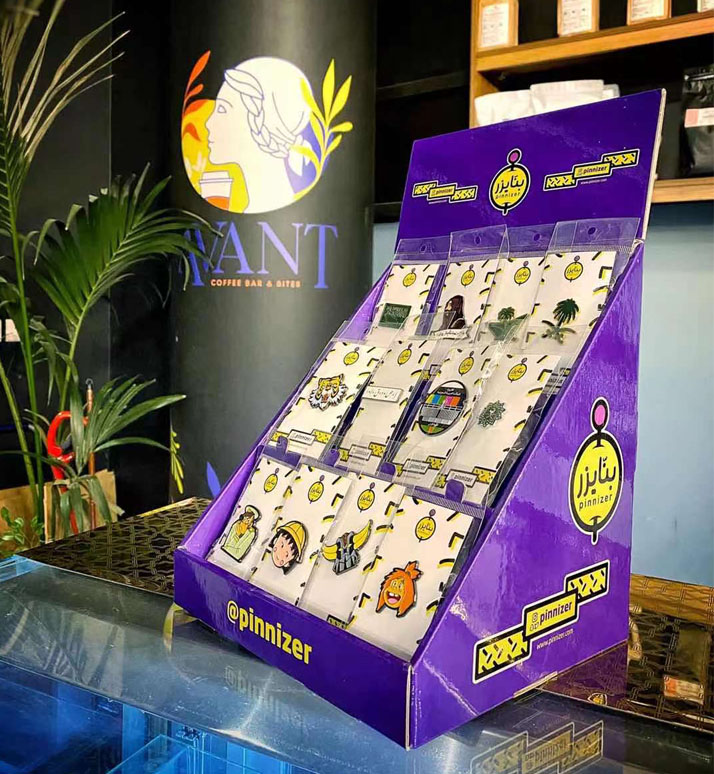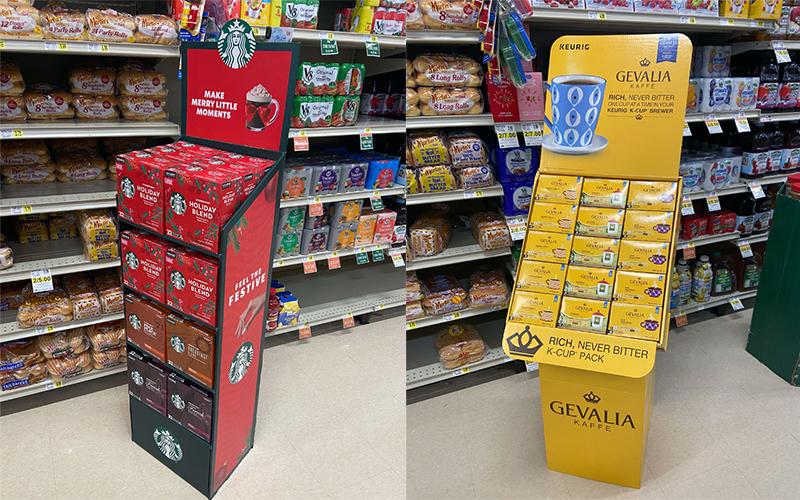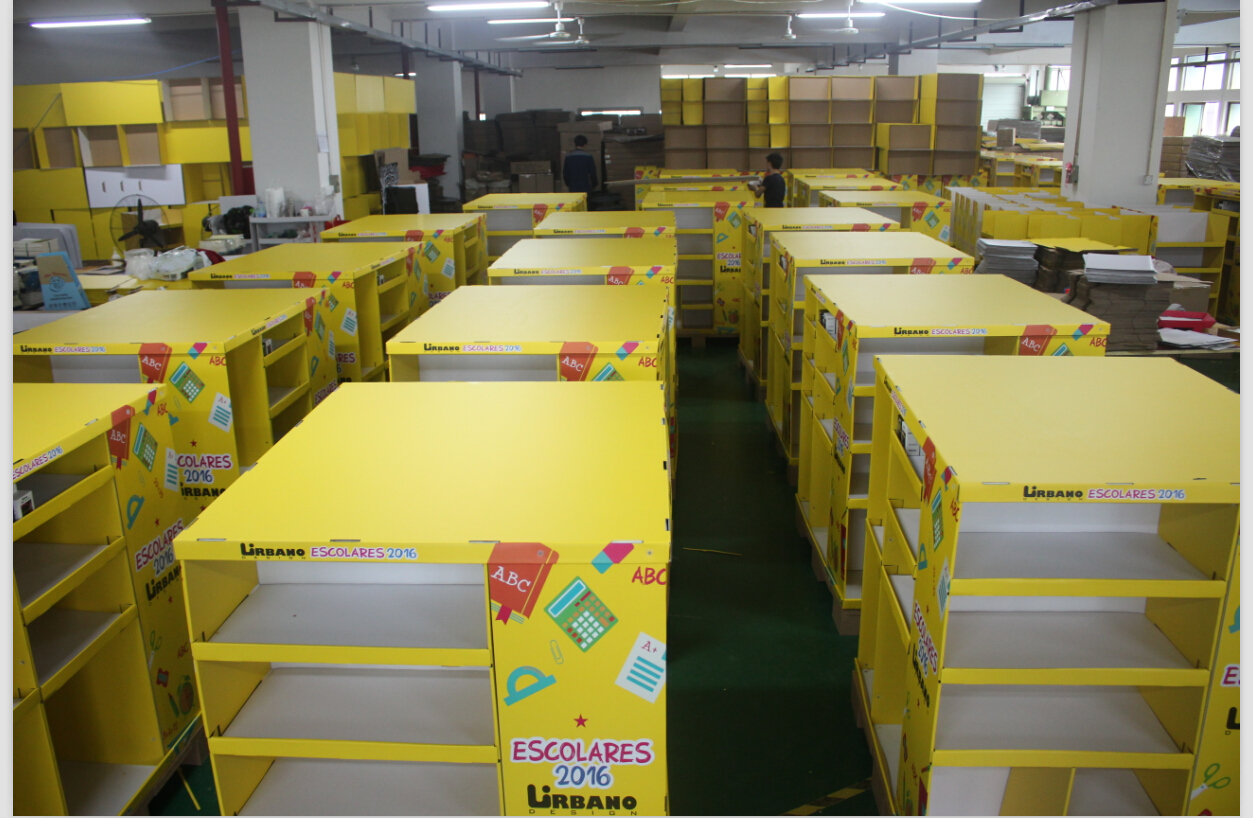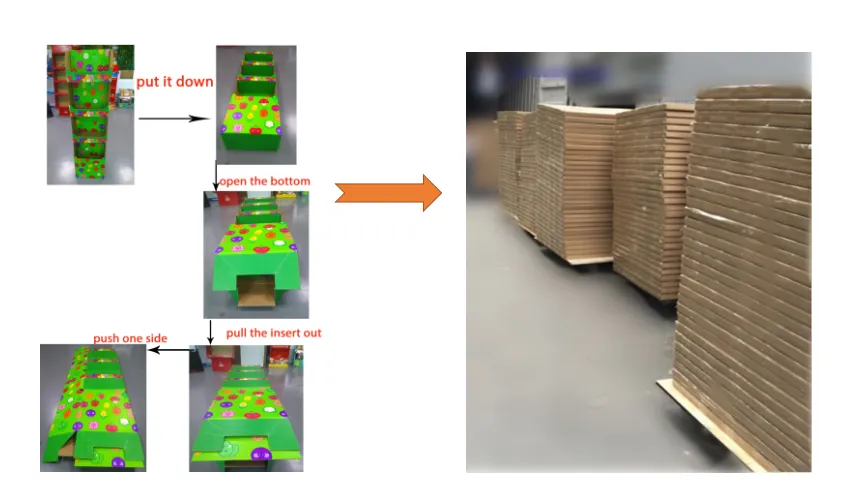Is your retail space struggling to capture attention? Are great products going unnoticed on crowded shelves, leading to lost sales? Cardboard floor displays can be the simple, powerful solution that turns this around.
Cardboard floor displays transform retail by boosting product visibility at an incredibly low cost. They create engaging, themed shopping experiences that attract customers, guide their journey through the store, and significantly increase impulse buys, which directly impacts sales and builds strong brand loyalty.
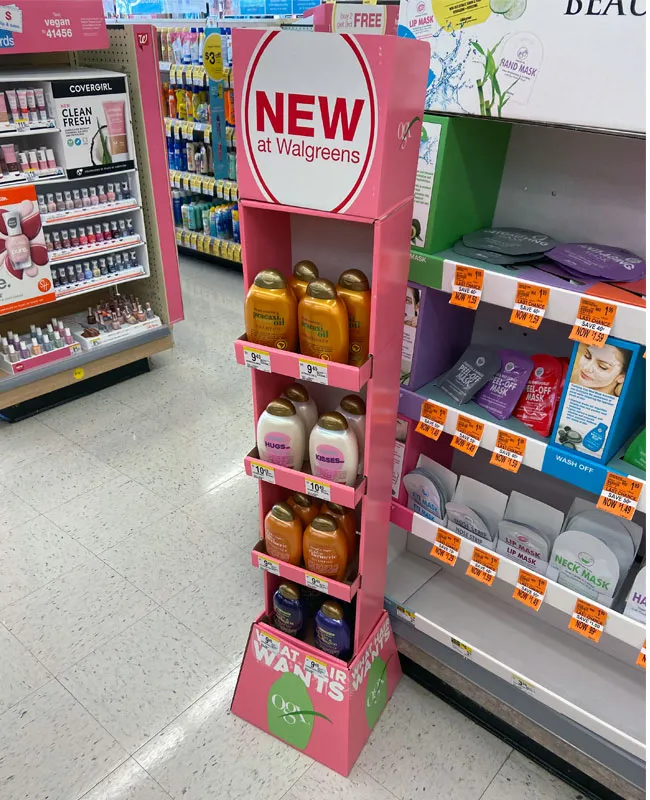
Over my 16 years in this business, I've seen countless times how a simple piece of printed cardboard becomes a retailer's most effective sales tool. It’s about so much more than just holding products; it's about telling a story, creating an experience, and making a genuine connection with the shopper. These displays make a real, measurable difference in a store's success. Let's dig into how they work, based on real stories and experiences.
In what ways do customer service1 and store displays2 impact a retailer's success?
Are your sales suffering despite having a great team? Do you feel like your customer service1 efforts are disconnected from how your products are presented? A great display can be your silent salesperson.
Excellent customer service1 builds trust and rapport, while impactful store displays2 attract attention and make the shopping process simple. When they work together, they create a seamless, positive experience that boosts sales, encourages repeat business, and strengthens your brand.
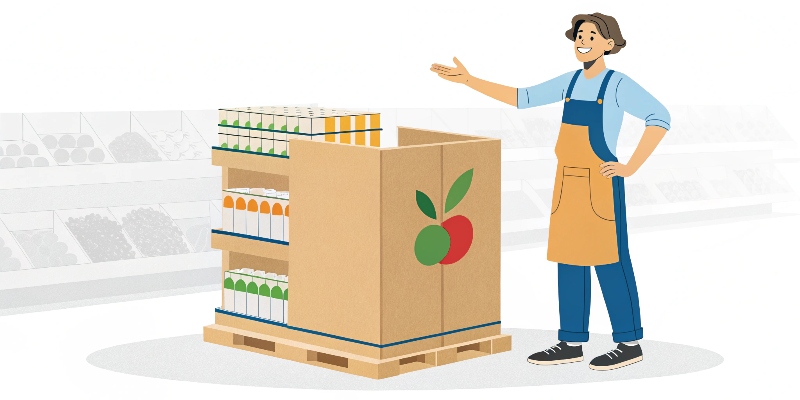
I've learned that a display is often the first point of contact, acting as a visual handshake before an employee even says hello. It has to work in harmony with your team. I remember a small cosmetics brand I worked with. Their staff was incredibly knowledgeable and friendly, but their products were lost on generic, cluttered shelving. We designed a branded cardboard floor display that became the centerpiece of their aisle. Suddenly, the staff had a natural focal point to start conversations. The display became an essential partner to the service team. It organized the products, highlighted the key benefits, and drew customers in. The team used it to point out features and promotions. Their sales tripled in that first month. This showed me a crucial lesson: your displays and your people must support each other to truly succeed.
How Displays and Service Work Together
A display can't answer complex questions, and an employee can't catch the eye of every single person who walks by. They each have a unique role.
| Feature | Store Displays (The Silent Salesperson) | Customer Service (The Expert Guide) |
|---|---|---|
| First Impression | Attracts shoppers from a distance with visual appeal3. | Builds personal connection and trust through interaction. |
| Information Delivery | Shows product features, price, and promotions at a glance. | Provides personalized recommendations and answers questions. |
| Sales Driver | Encourages impulse buys4 and highlights special offers. | Upsells related products and builds long-term loyalty. |
| Brand Voice | Communicates brand identity through colors, shapes, and graphics. | Expresses brand values through tone and helpfulness. |
How can a store attract customers through displays?
Is your storefront just blending in with the competition? Are you struggling to pull that crucial foot traffic inside your doors? Creative displays are the hooks that turn casual passersby into interested shoppers.
A store attracts customers with displays that are visually striking, interactive, and strategically placed5. By using bold colors6, imaginative shapes, and clear messaging7, displays can stop people in their tracks, showcase promotions, and create a sense of excitement.
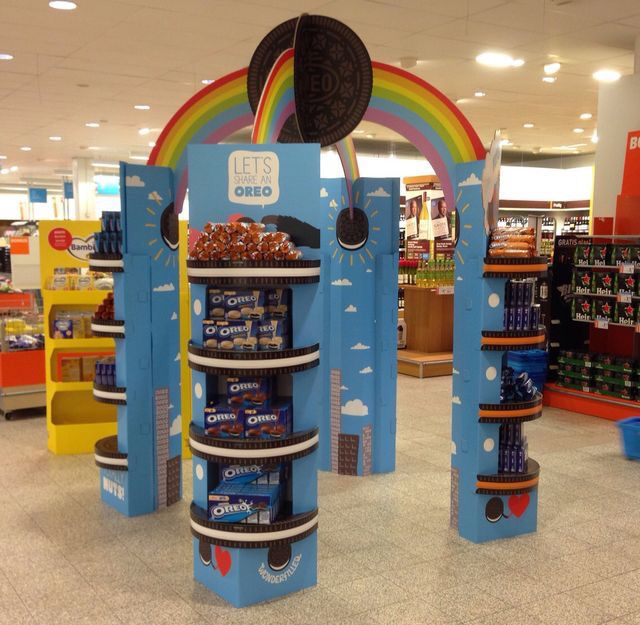
Our lead designer, Peter, always says that a great display must answer three questions in under three seconds: What is this product? Why should I care? How can I buy it? If it fails that test, it's just decoration. We once helped a snack company launch a new line of spicy potato chips. Instead of a standard rectangular display, Peter designed one shaped like a giant, flaming red chili pepper. You simply could not miss it at the end of the aisle. It was bold, it was fun, and it instantly communicated "spicy" and "new." It did more than just hold chips; it became a photo opportunity for shoppers, who started posting pictures online. The display itself created buzz and pulled people to the product. It's about being brave and breaking the mold of boring shelves.
Key Attraction Strategies
To make a display a true customer magnet, we focus on a few core principles.
Using Color and Light
Bright, contrasting colors grab the eye. Good lighting makes the product pop and look more appealing. We often recommend placing displays where store lighting is best.
The Power of Shape and Structure
Don't be afraid to move beyond the box. A unique shape that relates to the product or the brand is memorable and intriguing. Structure can also be used to tell a story, with different tiers for different product versions.
Clear and Simple Messaging
The display needs a clear headline. Words like "New," "Sale," or "Limited Edition" are powerful motivators. Keep the text minimal and the benefits obvious.
How do storefront displays8 influence retail store image9?
Does your store's image feel inconsistent or unclear? Are customers unsure what your brand stands for? Your displays are the face of your store, setting the tone for everything else inside.
Storefront and in-store displays2 are a direct, visual statement of your store's image. A clean, professional display suggests high quality, while a creative, bold one signals innovation and fun. They establish brand identity and customer expectations immediately.
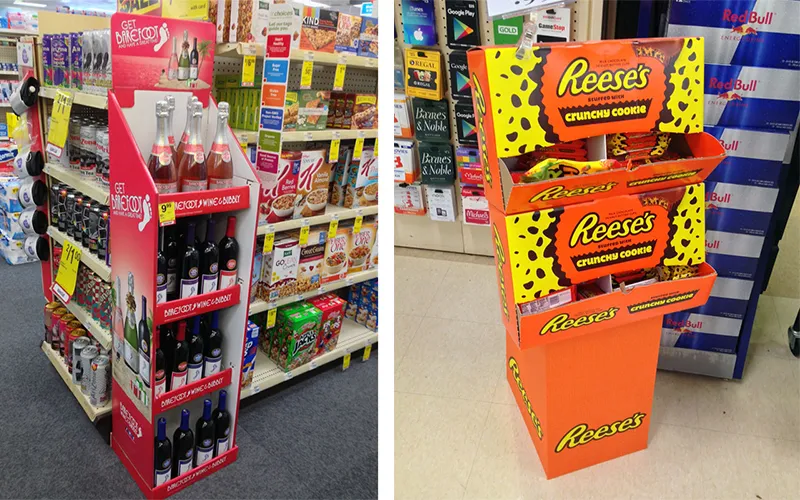
I think of a display as the first handshake with a customer. It tells them what to expect. A client who sold premium organic skincare products came to us for help. They wanted to project a natural, calm, and sustainable image. We designed simple, elegant displays using unfinished-looking, recycled cardboard with minimal green and brown ink. The typography was clean and sophisticated. This immediately communicated their core brand values without a single word. In complete contrast, another client sold gaming accessories. They needed something high-energy and tech-focused. For them, we used displays with sharp angles, glossy finishes, and bold neon graphics. We even integrated QR codes that linked to game trailers. The display becomes the physical embodiment of your brand's personality.
Matching Displays to Brand Identity
Your displays should be a perfect mirror of your brand. Mismatched signals can confuse customers and hurt sales.
| Brand Image | Ideal Display Characteristics |
|---|---|
| Luxury / Premium | Minimalist designs, high-quality print finishes, subtle colors, and lots of white space. |
| Discount / Value | Bright, loud colors (like red and yellow), bold price callouts, and designs that hold a lot of stock. |
| Eco-Friendly | Natural materials, recycled cardboard, earth tones (greens, browns), and simple graphics. |
| Fun / Youthful | Imaginative shapes, interactive elements, vibrant and playful color palettes. |
How can visual merchandising10 impact customer experience11 and sales?
Are shoppers wandering aimlessly and leaving without buying? Does your store layout feel chaotic or confusing? Good visual merchandising10 guides customers on a journey, making shopping easy, enjoyable, and profitable.
Visual merchandising improves the customer experience11 by creating an organized, appealing, and easy-to-navigate store. This positive journey encourages customers to stay longer, makes it easier for them to find what they want, and directly boosts sales through strategic product placement12.
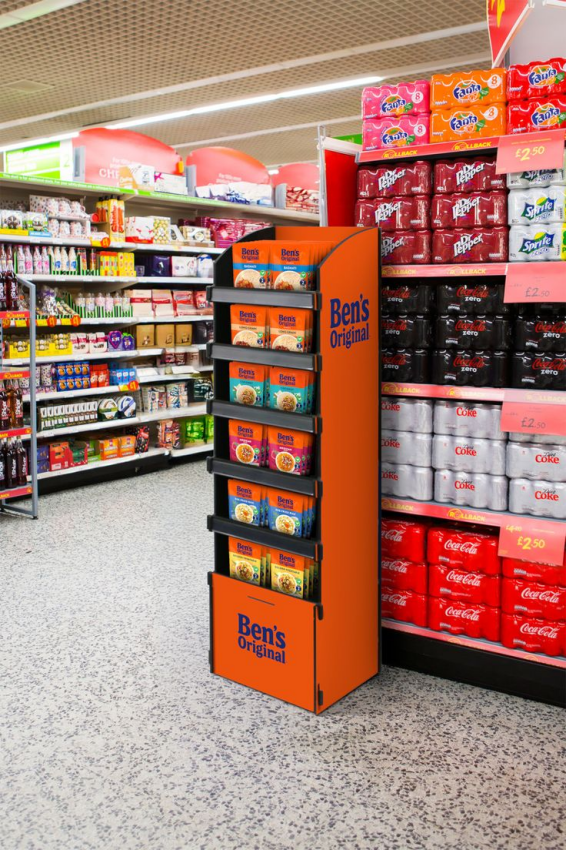
I always tell my clients to walk through their store as if they were a first-time customer. Is it clear where to go? Can you find the promotions easily? We worked with a bookstore that wanted to promote a new fantasy series for young adults. Instead of just putting the books on a standard shelf, we worked with them to create a large cardboard floor display that looked like a castle turret. We placed it right at the entrance to the young adult section, making it an unmissable landmark. It didn't just hold books; it created a mini-experience. Kids and teens were immediately drawn to it, and their parents found it easy to locate the big new release. By making the shopping journey13 fun and intuitive, the store saw that series outsell its projections by over 200%.
Guiding the Shopper's Journey
Thoughtful merchandising is about controlling the flow and focus within your store.
Creating a Clear Path
Use large displays, like our floor displays, as "anchors" at the end of aisles or in open spaces to guide traffic and draw customers deeper into the store.
Highlighting Key Products
Displays are perfect for pulling new arrivals, seasonal items, or high-margin products out of the clutter. They scream "Look at me!" so you can direct attention where it matters most.
Making Shopping Effortless
A well-designed display groups related items together, making it easy for a customer to grab everything they need. For example, a "Grill Master" display in the summer could hold sauces, tools, and spices all in one place.
Conclusion
In short, cardboard floor displays are a true retail game-changer14. They boost visibility, tell your brand’s story, and create experiences that turn casual shoppers into loyal customers, driving success.
-
Explore the critical role of customer service in enhancing customer satisfaction and driving sales. ↩ ↩ ↩
-
Learn how effective store displays can attract customers and influence their buying decisions. ↩ ↩ ↩
-
Discover why visual appeal is crucial for attracting customers and enhancing their shopping experience. ↩
-
Find out effective strategies to boost impulse buys and enhance your retail sales. ↩
-
Understand the impact of strategically placing displays on customer traffic and sales. ↩
-
Explore the psychological effects of bold colors in retail displays and their ability to attract attention. ↩
-
Learn how clear messaging can enhance customer understanding and drive sales. ↩
-
Discover how storefront displays can shape customer perceptions and expectations of your brand. ↩
-
Explore the key factors that shape a retail store's image and customer perceptions. ↩
-
Understand the principles of visual merchandising and its impact on customer experience and sales. ↩ ↩
-
Explore strategies to enhance customer experience and increase satisfaction in retail. ↩ ↩
-
Learn about effective product placement strategies that can boost visibility and sales. ↩
-
Discover how a well-designed shopping journey can enhance customer satisfaction and drive sales. ↩
-
Learn why cardboard displays are considered a game-changer in the retail industry. ↩



